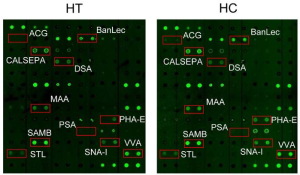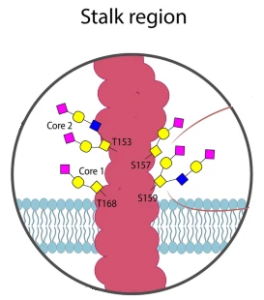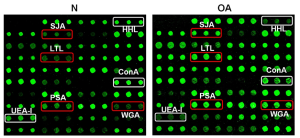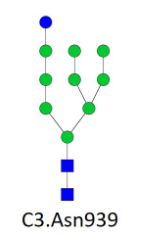Changes in glycosylation of mitochondrial proteins due to Ischemia‐Reperfusion Injury using lectin microarrays
A group from Department of Cardiac and Pan-Vascular Diseases, Xi’an People’s Hospital (Xi’an Fourth Hospital), Xi’an, China, etc. has reported about changes in glycosylation of mitochondrial proteins due to Ischemia‐Reperfusion Injury using lectin microarrays.
https://www.ncbi.nlm.nih.gov/pmc/articles/PMC10439394/
Myocardial I/R injury seriously affects the recovery of the cardiac structure and function after cardiac surgery. I/R injury is a major obstacle in current clinical treatment, and its harm cannot be ignored. During severe myocardial ischaemia, the metabolism of myocardial cells is dominated by anaerobic glycolysis, which will cause the accumulation of acidic products and the depletion of ATP. After reperfusion, reactive oxygen species accumulation and Ca2+ overload are induced, leading to the opening of mitochondrial permeability transition pore (mPTP) which further leads to the disruption of the electron transport chain and the reduction of ATP production. As mPTP opens, matrix proteins and mitochondrial DNA are released into the cytoplasm. This process disrupts mitochondrial membrane potential and uncouples oxidative phosphorylation, leading to increased ATP consumption. Ca2+ overload and increased production of oxygen radicals will further activate inflammation and thrombosis, causing disruption of mitochondrial respiration, matrix swelling and mitochondrial membrane rupture, which leads to mitochondrial damage and cell death.
In this study, changes in glycosylation of mitochondrial proteins due to Ischemia‐Reperfusion Injury:I/RI were investigated by using lectin microarrays, and it was found that the expression of glycan structures recognized by LTL and SNA were significantly increased and the expression of glycan structures recognized by ECA were decreased with ischaemia for 45 min. Further analysis showed that the Siaα2-6Gal/GalNAc structure recognized by SNA were significantly increased.





